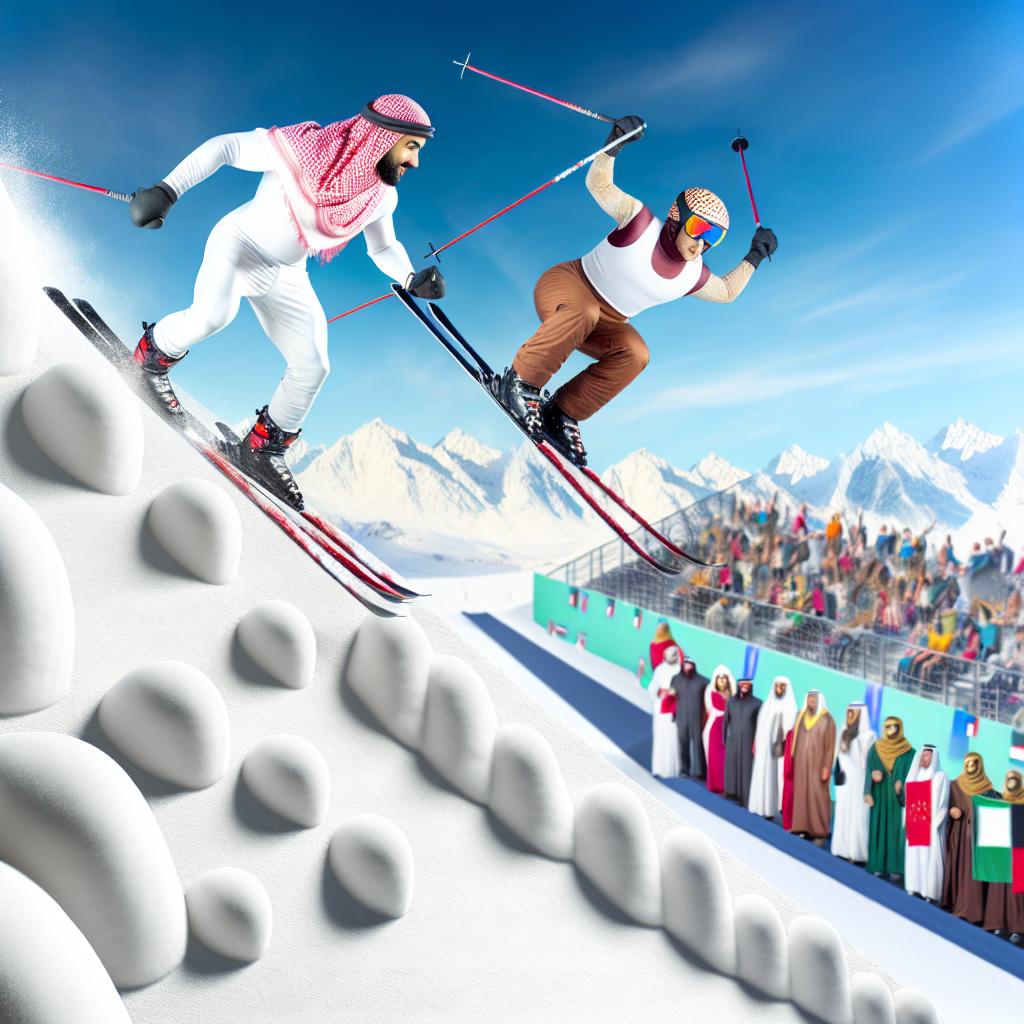The Foundations of Competitive Mogul Skiing
Mogul skiing, an exciting discipline within the freestyle skiing category, is characterized by its challenging course filled with bumps, known as moguls. This sport not only tests a skier’s ability to navigate these bumps but also evaluates their technical skills, speed, and aerial maneuvers. Competitive mogul skiing differs significantly from recreational skiing, requiring a high level of athleticism and strategic planning.
History of Mogul Skiing
Mogul skiing emerged as a competitive sport in the late 1960s. It initially began as a recreational activity where skiers would tackle natural terrain variations. Over the years, it grew in popularity, and by 1971, the first organized competitions were held. The sport gained significant traction and was recognized as an official event in the FIS World Cup circuit in 1979. This inclusion marked a pivotal moment for mogul skiing, elevating its status in the skiing community. By 1992, the discipline was embraced by the Winter Olympics, further cementing its place in competitive sports. This period saw considerable evolution in both the techniques and equipment used by athletes, contributing to enhanced performances that captivated audiences globally.
Understanding the Mogul Course
A standard mogul course is meticulously designed to challenge skiers’ skills and endurance. These courses span approximately 200 to 270 meters, with a slope gradient ranging from 26 to 32 degrees. The purpose of such a steep incline is to test the skier’s ability to control their descent while navigating between 200 and 270 bumpy moguls. Each mogul, or bump, demands a precise skiing technique to ensure that control and speed are maintained throughout the run. Ultimately, the precision in tackling these moguls is a testament to a skier’s prowess. Additionally, mogul courses include two dedicated sections where skiers are required to perform aerial tricks. The execution of these tricks must be precise and seamless, demonstrating a skier’s capacity to marry technical ski movements with elegant, airborne maneuvers.
Judging Criteria
Mogul skiing competitions utilize a comprehensive judging system based on three primary criteria: turns, speed, and jumps. These elements collectively contribute to the overall score:
Turns are the most heavily weighted criterion, accounting for 60% of the total score. Assessments focus on the ability of the skier to maintain smooth, controlled, and consistent movements while mitigating the impact of moguls. Proper execution of turns highlights a skier’s technical proficiency and their capacity to navigate the challenging terrain with finesse.
Speed is crucial and comprises 20% of the overall score. Competitors must complete the course as swiftly as possible, balancing the need for rapid descent with the maintenance of technical precision. Fast times are highly valued, but they should not compromise the quality of other scoring elements.
Jumps complete the judging triad, contributing the remaining 20% of the score. Skiers are evaluated on the complexity and execution of aerial tricks, which require a blend of creativity and control. Successful jumps demonstrate a skier’s aerial agility and ability to land skillfully, integrating seamlessly back into the mogul run.
Equipment and Technique
A critical element of competitive mogul skiing is the specialized equipment employed by skiers. The skis used are generally shorter and narrower compared to those utilized in other skiing disciplines. This design provides enhanced control and maneuverability, essential for agile navigation through closely spaced moguls.
The technical execution by mogul skiers is characterized by a forward-leaning posture, allowing them to confront the moguls head-on. As skiers traverse the course, their knees flex dynamically to absorb the impact from each bump. This knee motion acts as a natural shock absorber, facilitating smooth transitions and conserving momentum. Maintaining upper body stability is of utmost importance as well. A stable upper body ensures that directional changes are efficient, and it minimizes unnecessary movement that could affect balance and speed.
The Role of Training and Conditioning
Competitive mogul skiing is as physically demanding as it is skill-intensive, necessitating a disciplined approach to training and conditioning. Skiers undergo comprehensive strength training regimes, focusing predominantly on their leg muscles. This preparation is vital for meeting the physical requirements of enduring prolonged mogul runs and minimizing fatigue.
Balance and flexibility exercises serve as another cornerstone of a skier’s training routine. These exercises are critical for improving stability, which is essential when shifting between moguls and during landings from aerial tricks. Flexibility further aids in preventing injuries that may arise from sudden course corrections or imperfections in jump landings.
Mental preparedness cannot be overstated; it is an intrinsic element of competitive mogul skiing. Skiers regularly employ visualization techniques, wherein they mentally rehearse their runs. This practice allows them to perfect their approach, anticipate course challenges, and bolster their confidence ahead of competitions.
To explore competitive mogul skiing further, consider attending events or reviewing resources provided by ski associations such as the U.S. Ski & Snowboard organization, which offers in-depth insights into this thrilling sport.
